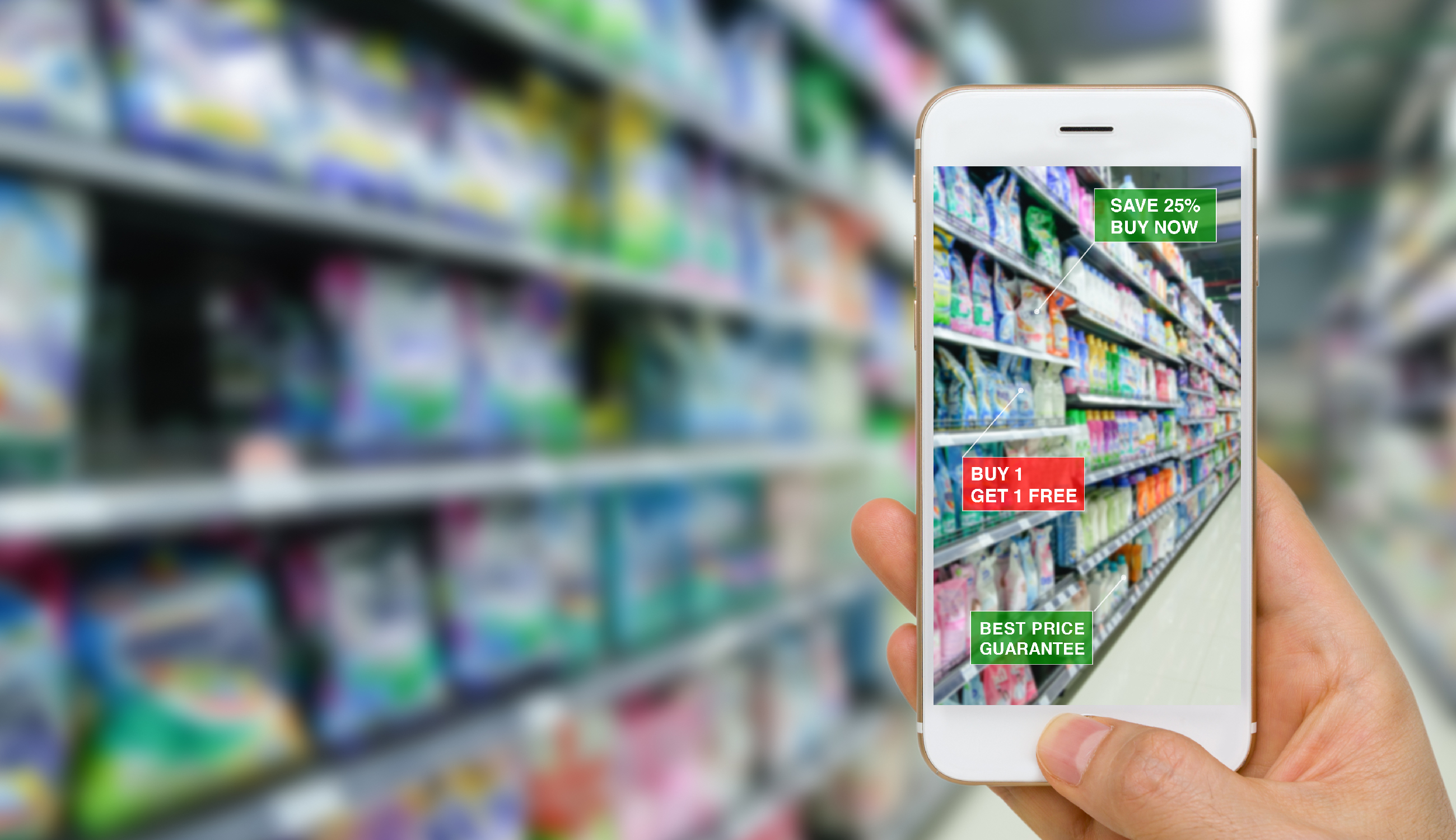Is In-Store Changing Too Fast? Striking a Balance in the Contactless Era

It’s no secret that the retail industry has faced major changes recently. The exponential rise of ecommerce has presented an existential challenge for brick-and-mortar retailers, forcing many high street brands – including BHS, Debenhams and House of Fraser – to close forever.
Concerns around the ‘death of the high street’ are ubiquitous these days, and brands are increasingly embracing in-store technology to tempt shoppers back to their premises. But is the in-store experience changing too fast? Do shoppers feel alienated by the sudden introduction of friction-free checkouts or experiential retail? The big question remains: is the UK ready for the future of the high street?
To find out, we conducted a large-scale survey into how UK retail workers view the future of their industry. We surveyed 100 senior IT decision makers (ITDMs) and 200 frontline workers to discover their predictions. At first glance, the industry appears to be divided. Frontline employees repeatedly report that customers would find certain technology intrusive, whereas ITDMs are keen to accelerate implementation. But how does the industry feel about specific emerging technology – such as contactless checkout and retail analytics?
The dawn of a new era
Despite placing huge demands on retail networks, self-serve checkouts have become a necessary inclusion in almost all FMCG stores. According to Forbes, 66% of consumers use self-checkout to speed up their experience. And they’re a win-win for retailers who benefit from increased customer satisfaction and reduced staffing requirements, even at peak periods.
Self-serve has become commonplace. In fact, many of the youngest shoppers among us won’t remember a time when self-serve checkouts weren’t an option. But far from resting on their laurels and sticking with what consumers are familiar with, retailers are looking for the next big thing to drive efficiencies.
Enter automated retail: self-serve shopping on steroids.
Automated retail provides a till-free, frictionless shopping experience. Using a combination of weighted shelves, 3D LiDAR technology and customer-monitoring cameras, retailers can track which items are chosen by the customer as they shop. Then, when the customer leaves the store, the items are automatically debited from their preferred payment account and a receipt is sent to their phone.
No scanning. No human interaction. No wait times. The customer experience is entirely friction-free. But is this the future of retailing? The ITDMs we surveyed seem to think so. 97% of ITDMs believe automated retail will become the norm, compared to just 30% of frontline workers, who believe till-free shopping presents too many staffing or security issues.
Which raises the next question: how do people feel about customer monitoring and tracking? Both are standard practice online, and both are necessary for till-free checkout – but again, our survey respondents shared mixed opinions.
The overwhelming majority of ITDMs (88%) believe their business should consider implementing in-store tracking, compared to just 45% of frontline employees. Perhaps our IT leaders can more-clearly see how retail analytics will benefit both brands and consumers – and the opportunity is too good to ignore.
Behaviour tracking is good for business
Customer monitoring technologies are becoming smarter and safer. The same LiDAR technology required for till-free checkout can be used to follow customers around the store, while Bluetooth and Wi-Fi beacons can track dwell times and customer location. With in-store monitoring in place, retailers will capture more data and learn more about their customers’ behaviour, helping them optimise product placement, prioritise high-traffic areas and target customers with personalised offers.
But it’s not just retailers who benefit from behaviour tracking and analytics. Consumers do, too.
This is a customer announcement
Behaviour data can be used to send functional alerts – such as directions, promotions and reminders – to the customer’s phone as they shop. These notifications benefit customers directly, making them more likely to opt-in to the necessary tracking technology.
Our survey respondents agree, reporting that the majority of customers would be happy to receive personalised notifications on their phones. 61% think customers would find directions to products that are on offer helpful, while 53% believe customers would be pleased to receive reminders of products they regularly buy.
Accelerated efficiency vs alienated customers
As with all change, resistance is to be expected. Retailers need to ease their customers into the future, without bombarding them with tech that could drive them away. Retailers need to strike a balance between accelerating in-store efficiency and alienating customers with ‘space-age’ tech.
Many brands have already started this process by introducing concept stores to gauge customer reaction – and test the demand on their network. As with all tech, these innovations place greater demand on retailers’ networks and widen the gap between peak and off-peak periods. So, just like their customers, businesses need to make sure they’re prepared for the future, too.
A better network for a brighter future
At TalkTalk Business, we provide businesses with the network they need to step into the future of retail. Our industry-leading connectivity ensures you avoid data bottlenecks and achieve rock-solid business resilience.
Learn more about the future of retail – and how businesses are striking a balance between emerging technology and customer expectations. Read our exclusive whitepaper: The Future of Retail: Automated or People-Powered?
About the research
In September 2022, we commissioned a survey by Vansorn Bourne of 300 senior IT decision-makers and frontline employees in business sizes ranging from 1,000-2,999 employees to those with 5,000 or more.



